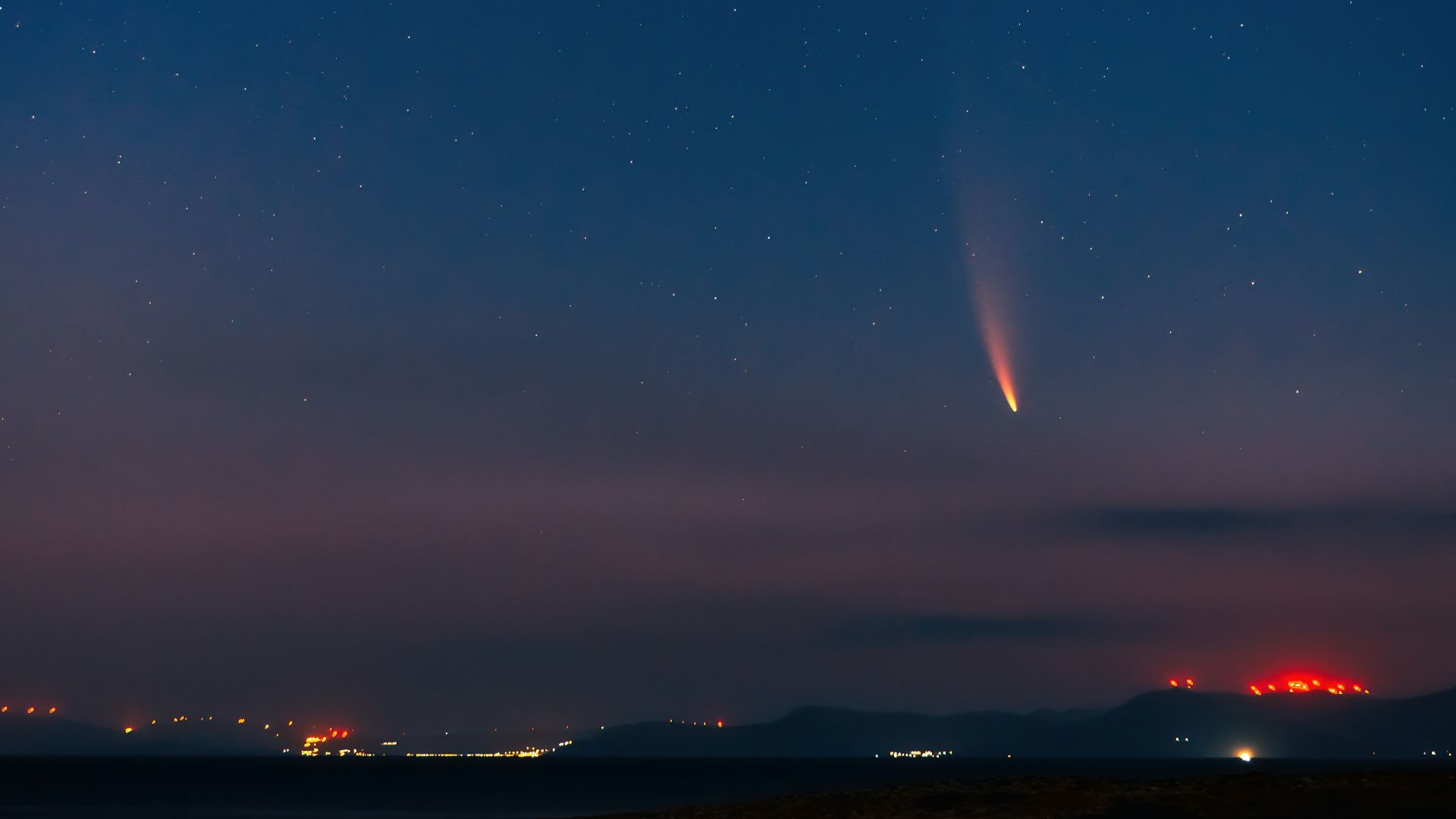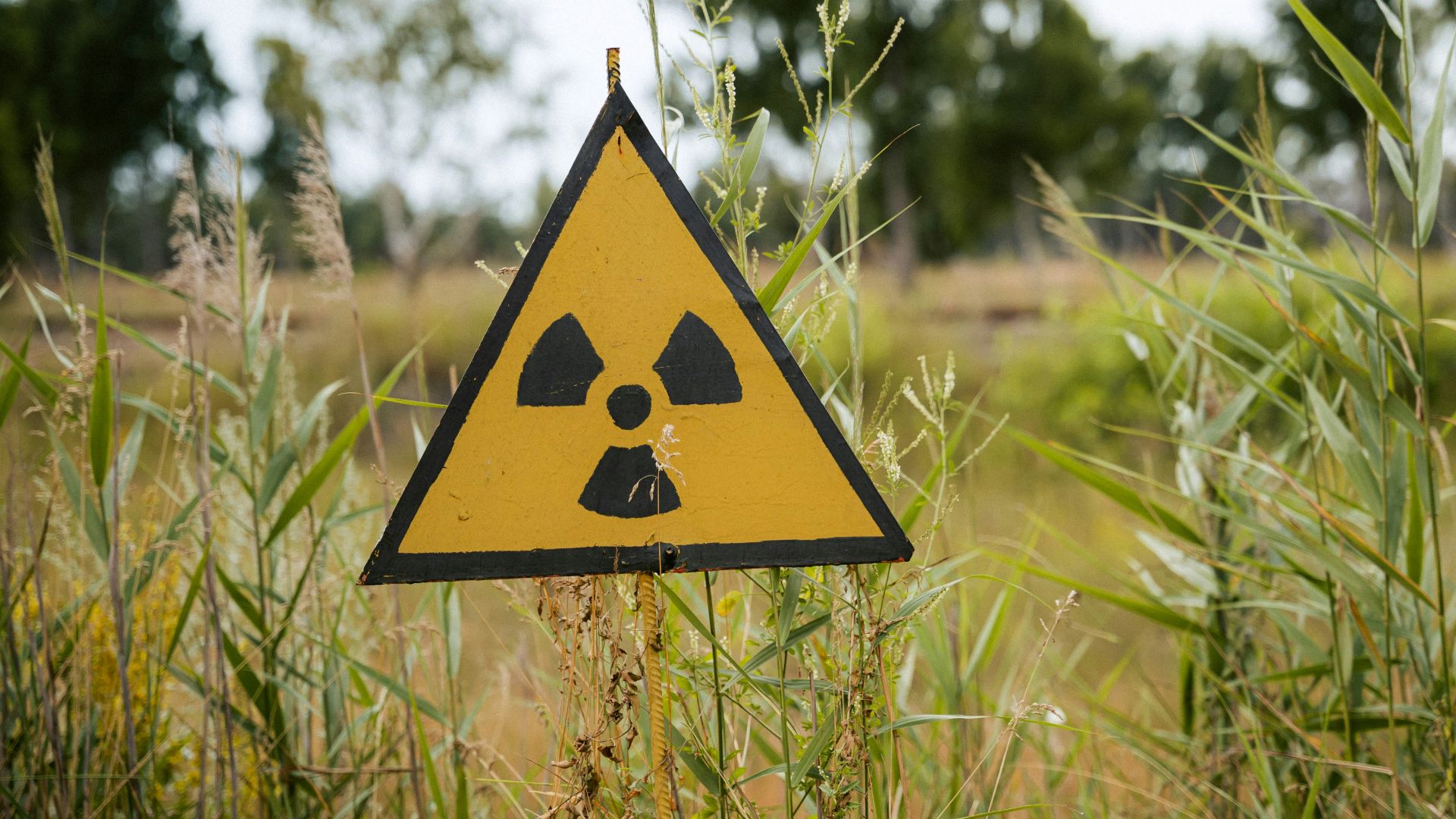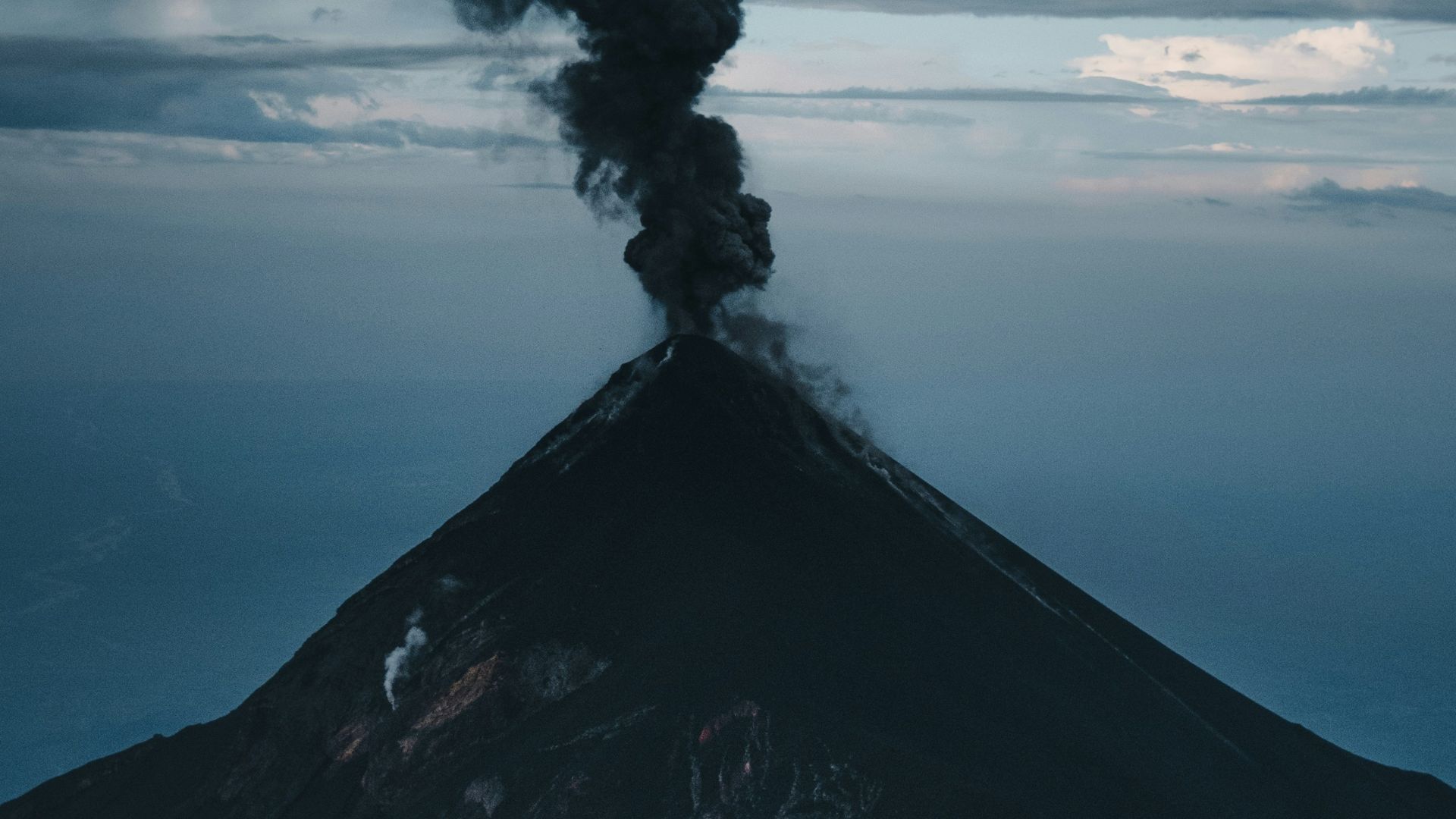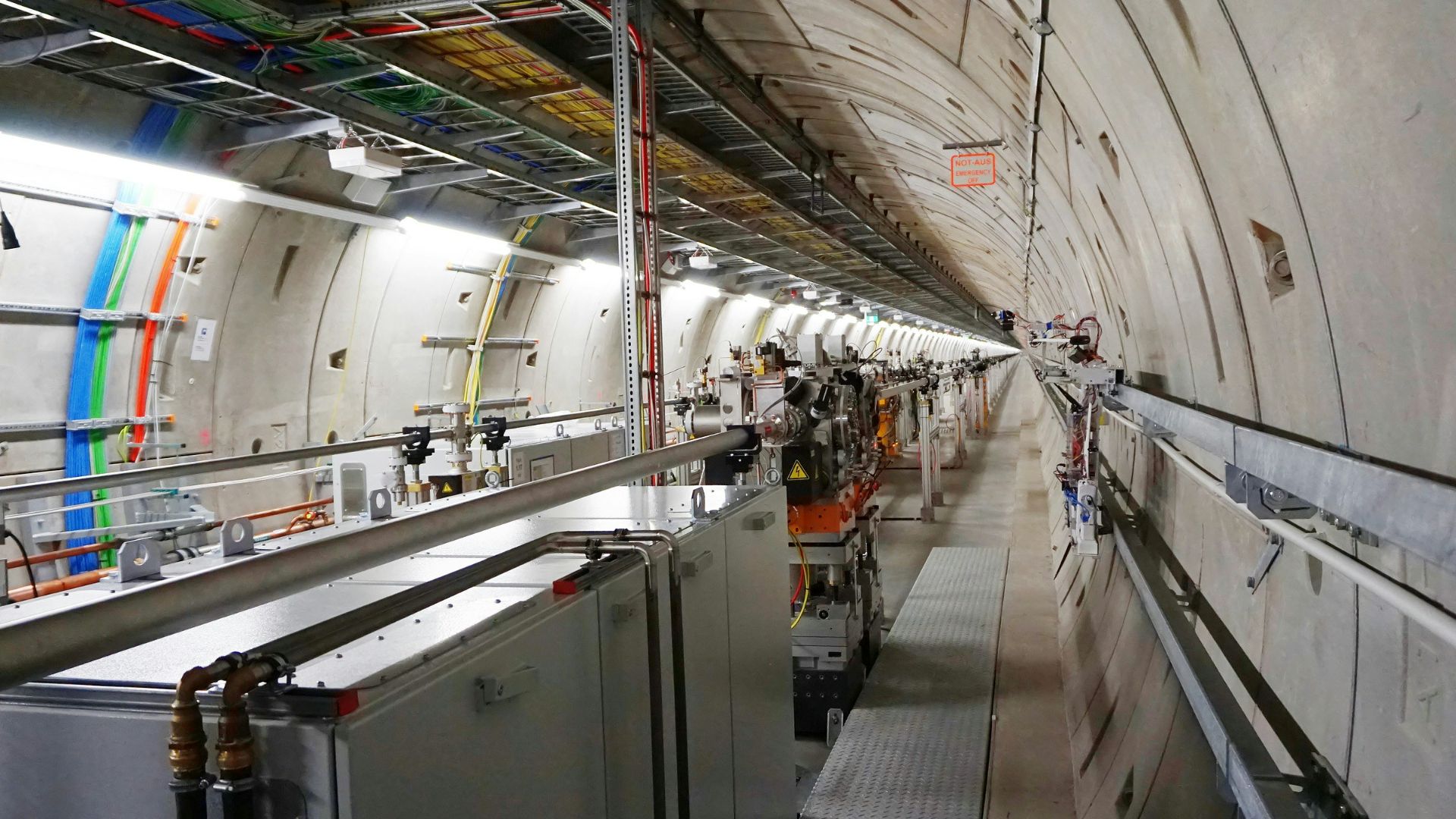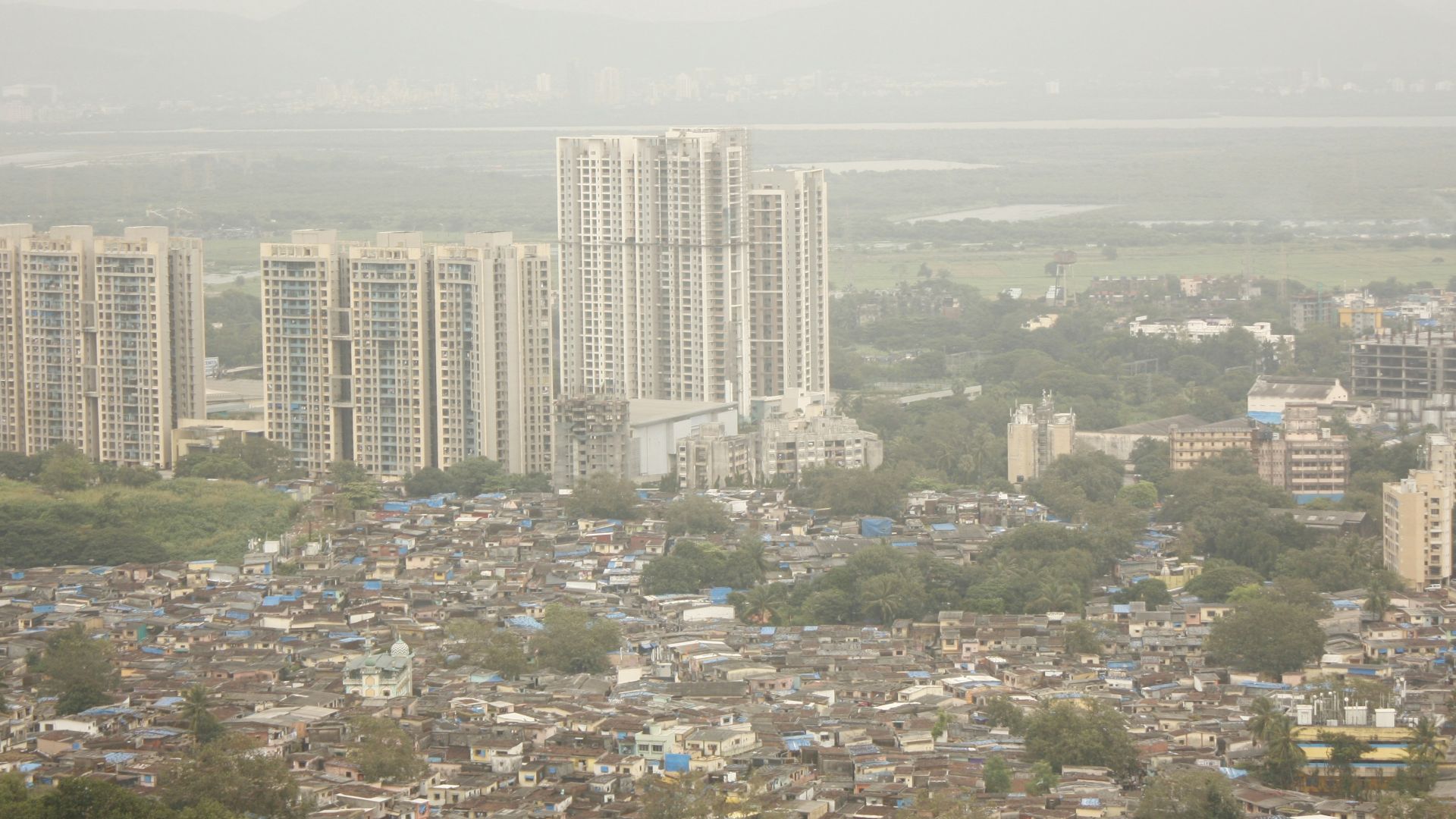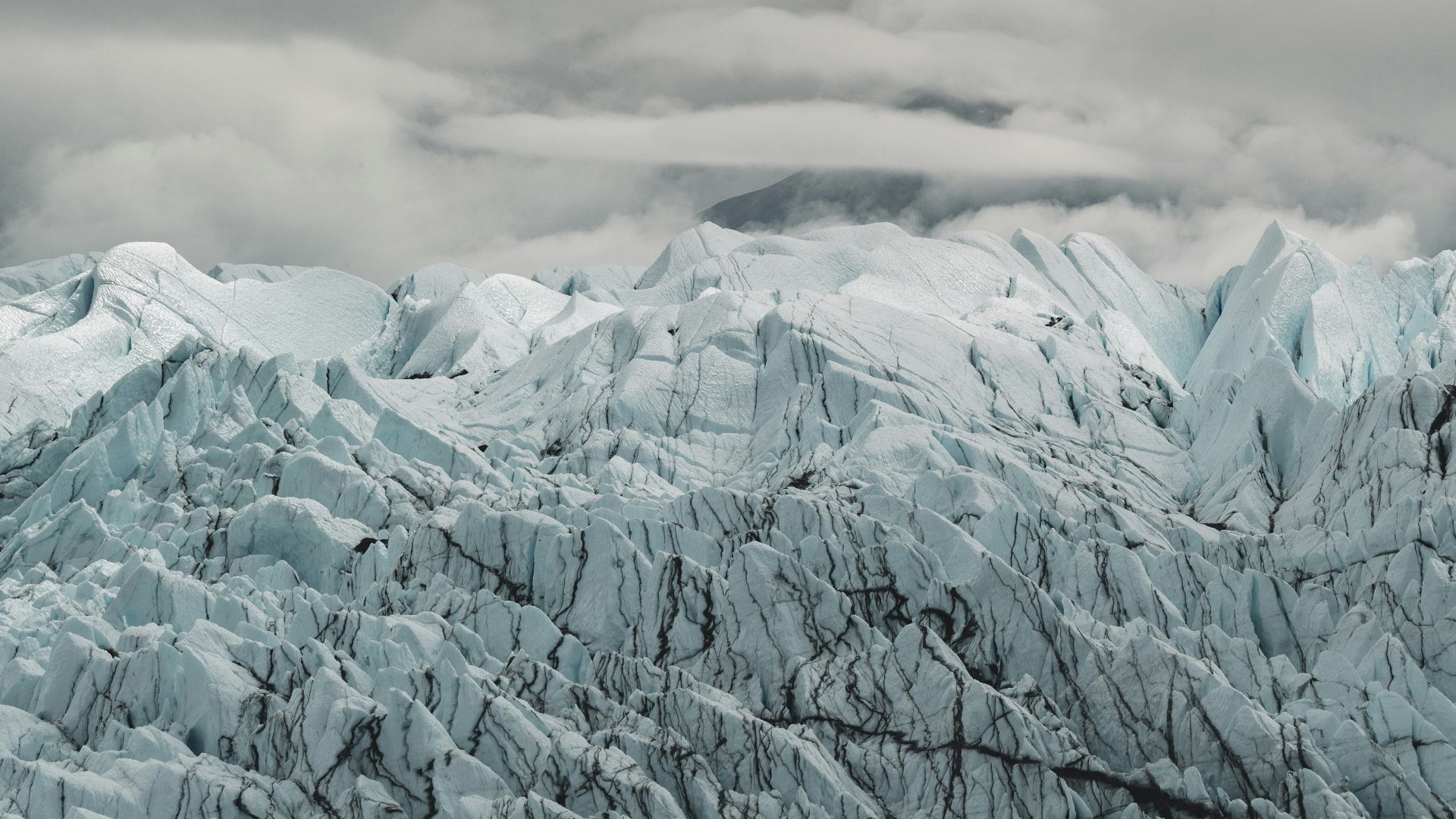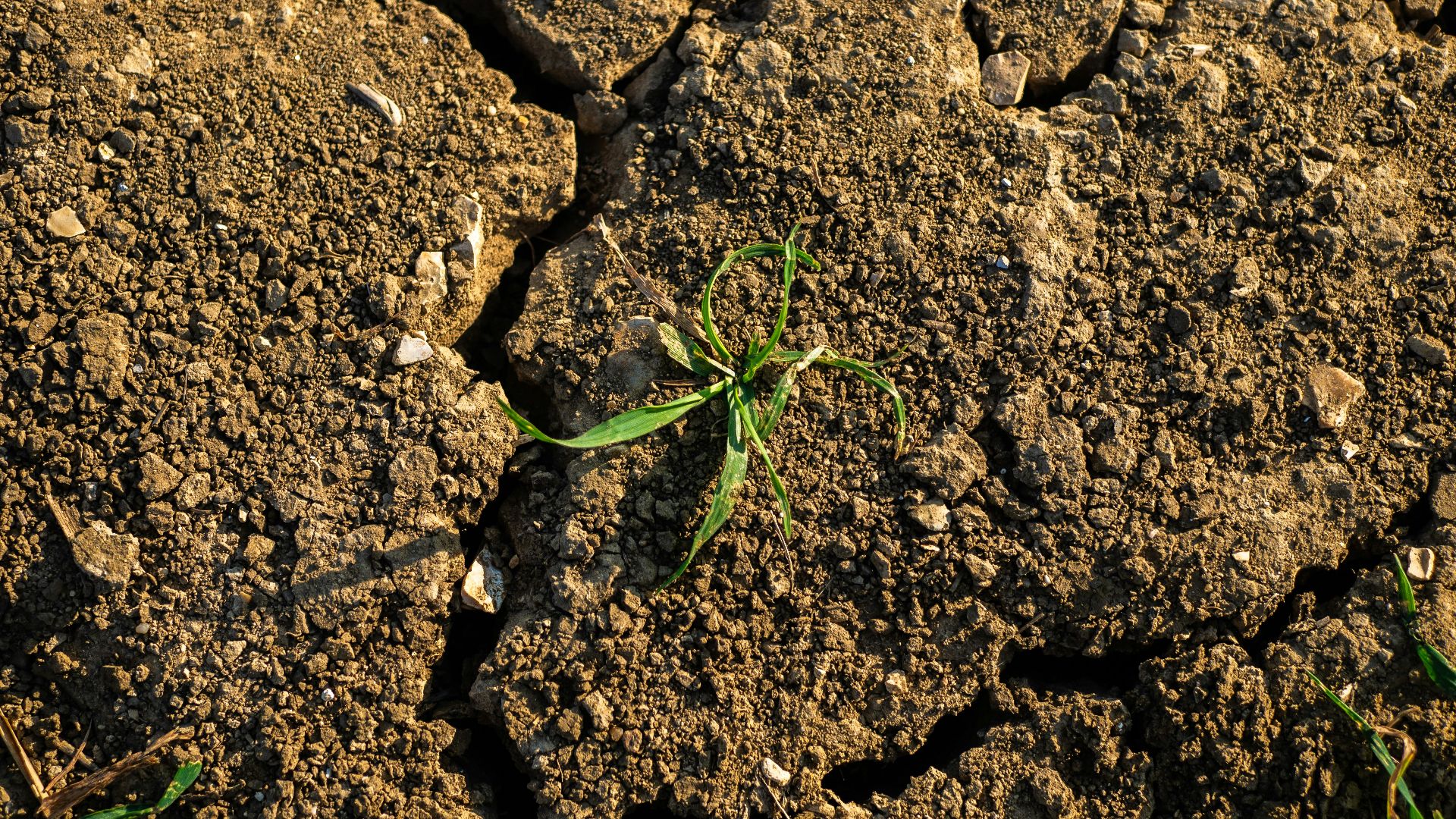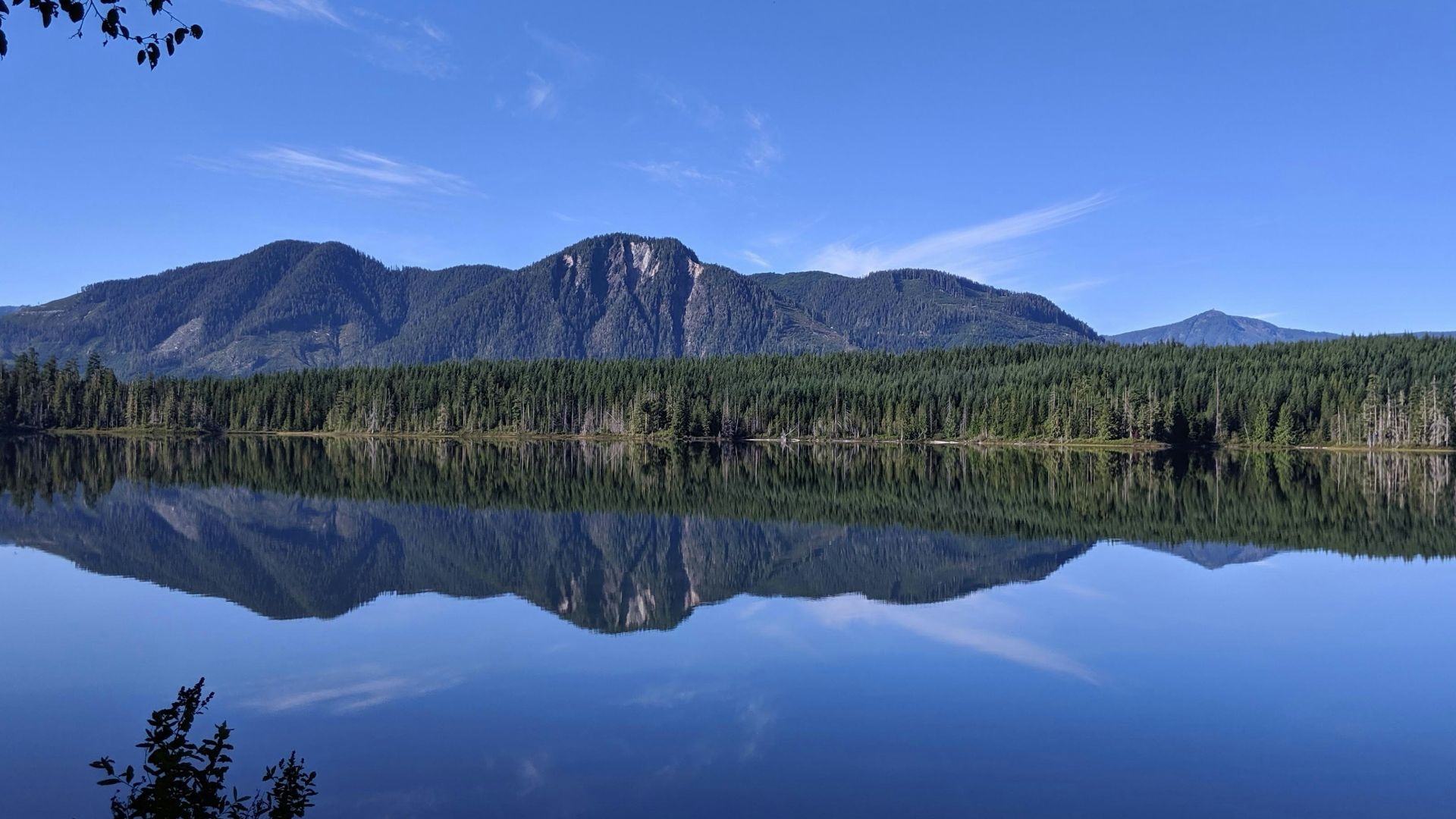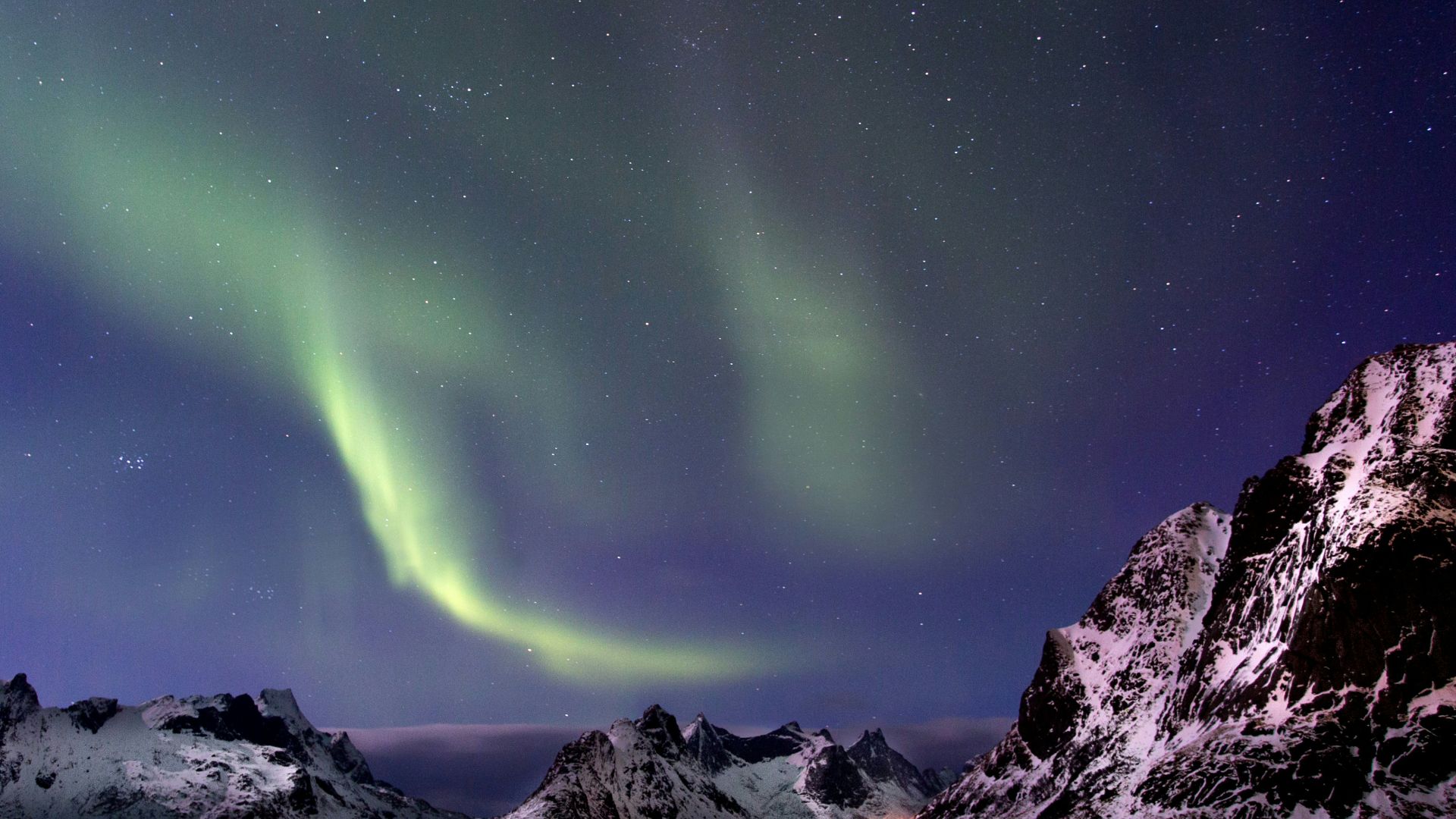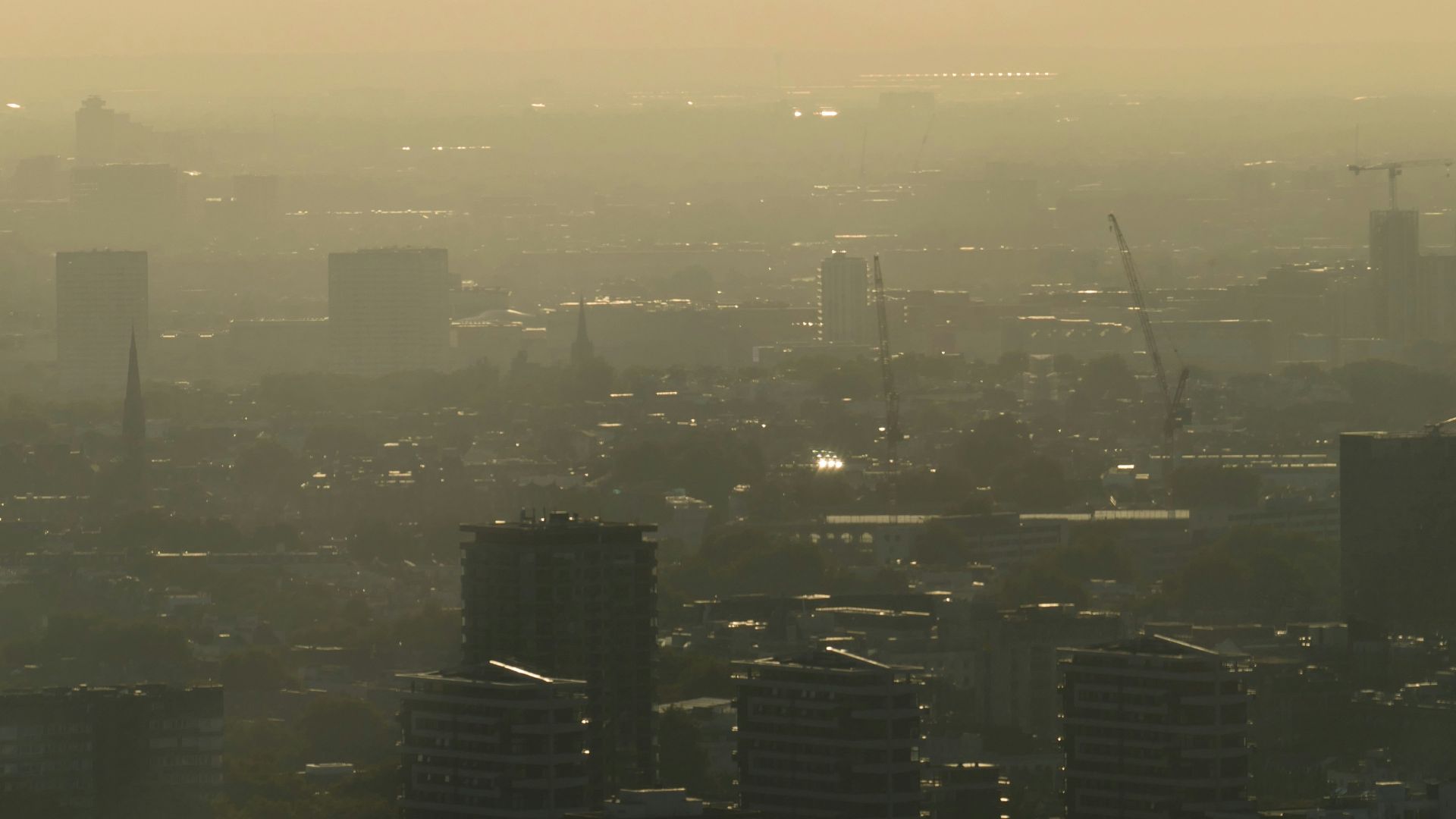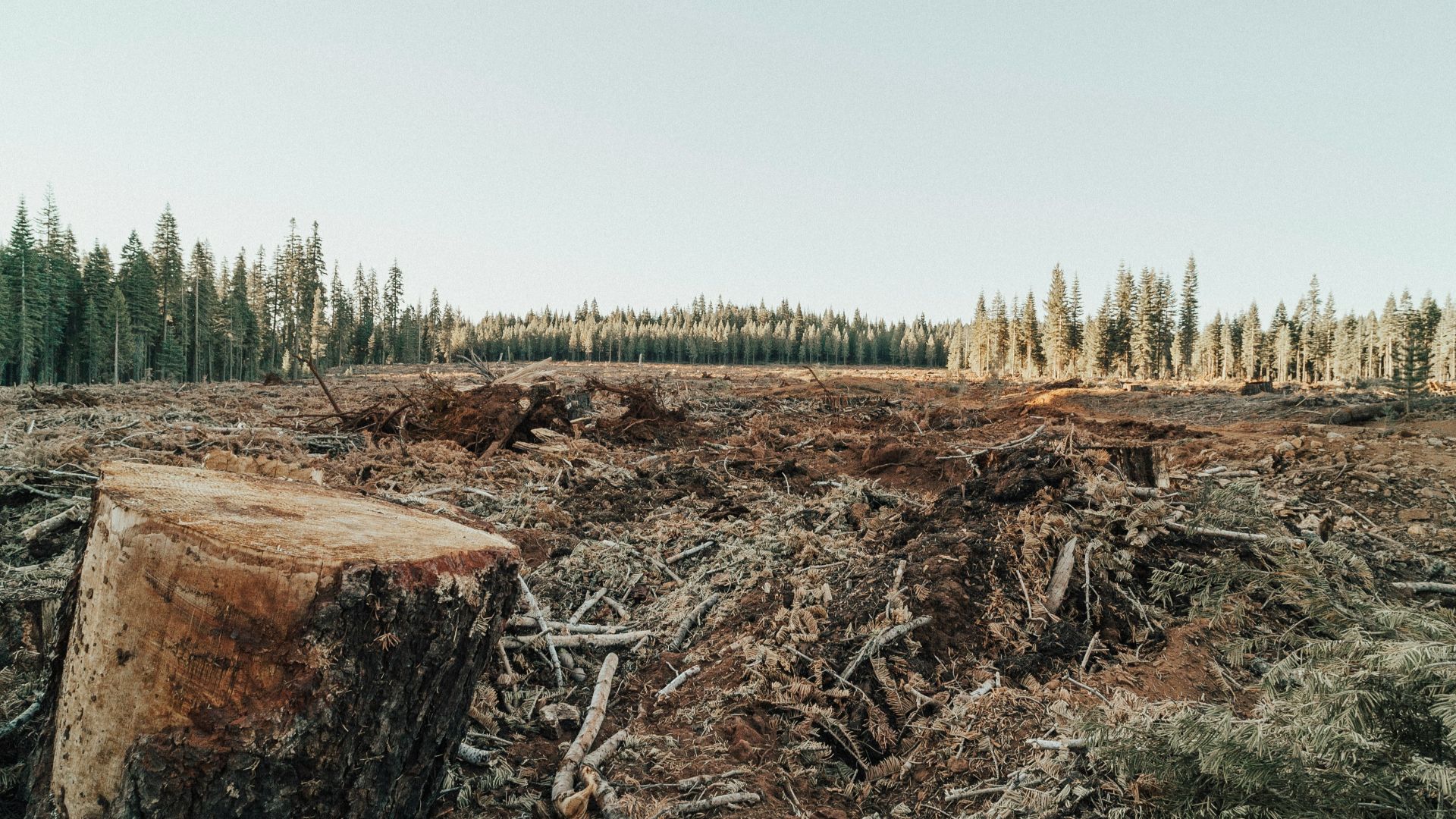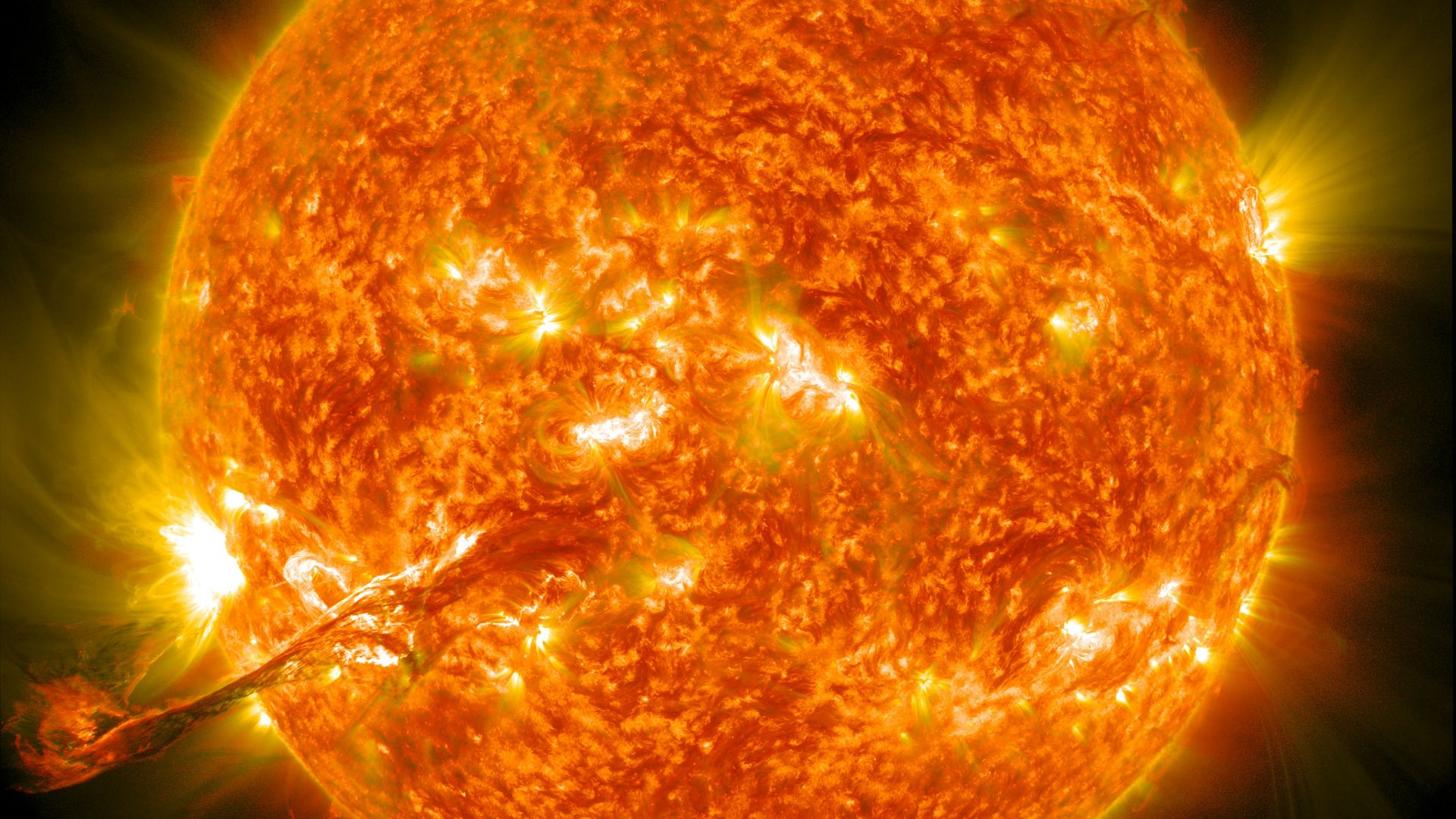Doomsday Clock
Humans love to make predictions, and it’s even more fun when those predictions are about the end of the world. Sure, it may not be what’s next on the calendar, but it could be in 100 years. As a fun, or possibly depressing, thought experiment, here are 20 probable ways the world might cease in the next century.
1. Meteor Impact
A large asteroid impact would cause abrupt global devastation. The impact would unleash a vast energy burst that would ignite fires, create tsunamis, and send a shockwave through the atmosphere. The dust and debris thrown up into the air could obscure the sun for months and alter climate and food resources globally.
2. Fallout
A nuclear war would cause unimaginable destruction, with entire cities destroyed by blasts and fires. Radiation would poison the air, water, and soil, making people and animals sick. Smoke and soot from city fires could also block sunlight, leading to a “nuclear winter” that would harm agriculture and ecosystems worldwide.
3. Deoxygenation
Rapid global deoxygenation, which is a decrease in oxygen levels in the atmosphere, could cause mass extinction of aquatic and land species. Species need oxygen to survive, and without it, ecosystems would fail. This would lead to a domino effect of extinction and loss of food sources. If drastic enough, it could cause human extinction as our food sources and natural systems are destroyed.
4. Supervolcanoes
An eruption of the Yellowstone supervolcano would produce a huge cloud of ash and droplets of molten lava that would cover huge areas. The supervolcano would also emit huge amounts of volcanic gases. This gas would block the sun's rays and cause a volcanic winter, which would quickly cool the Earth. This would have a catastrophic effect on the world's climate and could disrupt agriculture, harm ecosystems, and put the world's population at risk.
5. Global Warming
Global warming could slowly destabilize the planet's climate, potentially leading to extreme heat waves, rising sea levels, and more frequent natural disasters. Melting ice caps and warming oceans could endanger coastal cities, freshwater supplies, and ecosystems worldwide. If unchecked, these changes could disrupt agriculture, displace millions of people, and trigger widespread social and economic crises.
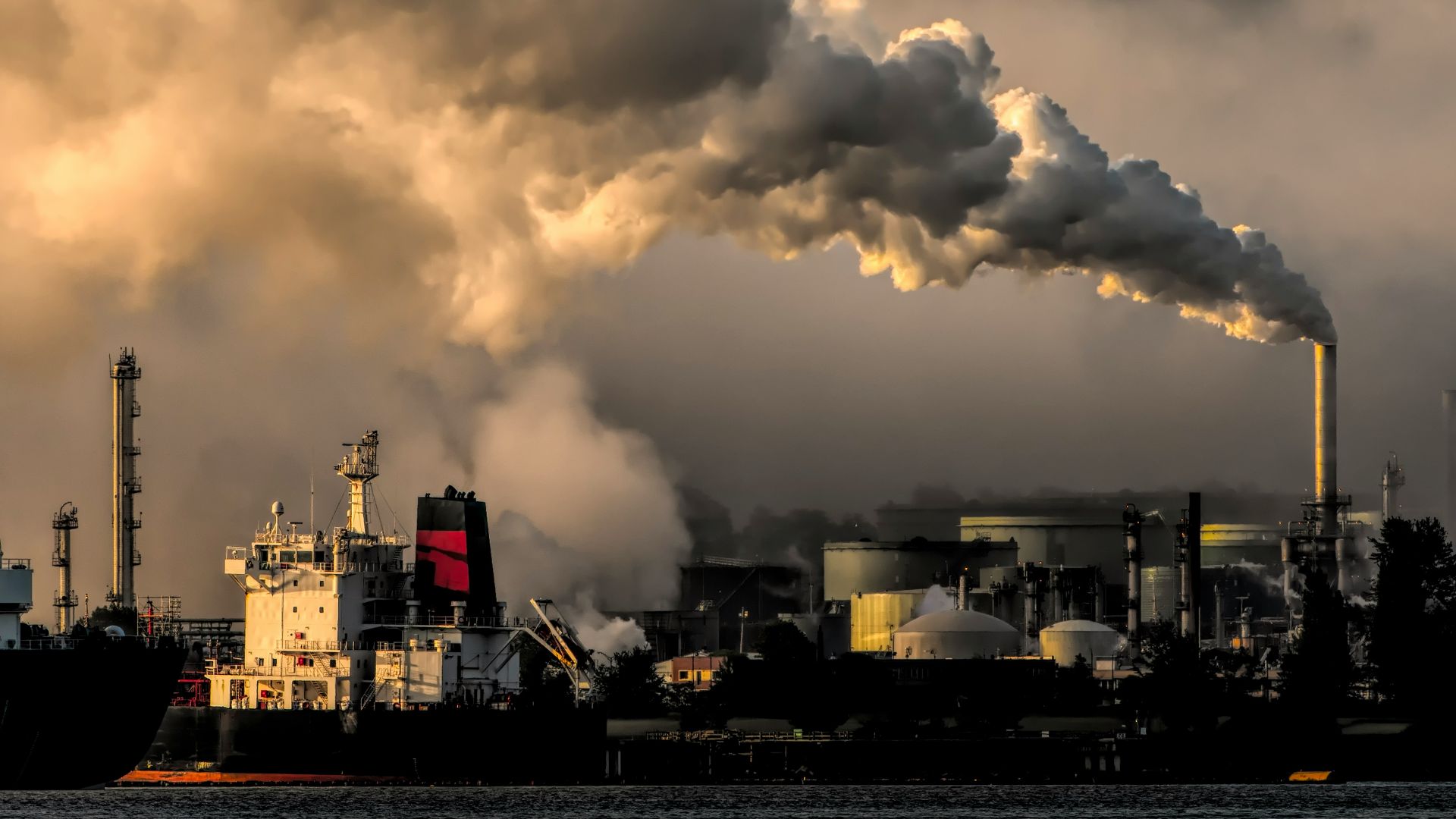 Chris LeBoutillier on Unsplash
Chris LeBoutillier on Unsplash
6. Ecosystem Collapse
Collapse also means if there are some species that are necessary to the continuation of an ecosystem's function, the extinction of those species, or a large enough loss of habitat, could cause the ecosystem to collapse. The following would result from a cascade of failures such as the loss of many food resources, clean water, and clean air. Societies would fail; there would be mass famine, illness, and rampant natural instability.
7. Particle Accelerator Mishap
In theory, a particle accelerator accident could be used to release, in an uncontrolled experiment, energy levels hitherto unexperienced before. The extremely low probability is that exotic particles, or micro black holes, could be created which would make matter in the local or even the entire universe unstable. If only a minor accident were to occur, it could be sufficient to ruin experiments, contaminate with radiation, or cause widespread fear of the possibility of a much worse accident.
8. Shrinking Populations
One way the world could be at risk from underpopulation is a rapid population decline, which could lead to a lack of workers. A global drop in the number of working-age people would affect the economy, leading to stagnation and a lack of innovation. Less manpower would also make it difficult to maintain infrastructure, grow enough food, and care for an aging population.
9. Ice Age
A new ice age might cover vast areas of the Earth with ice and snow. The extreme cold would lead to agricultural disruptions, less habitable land, and threats to food and water resources. The expansion of glaciers and falling sea levels would cause human population displacement, resource shortages, and widespread environmental challenges.
10. Environmental Toxins
Slowly, the world could come to an environmental toxins crisis, where air, water, and soil could be polluted with industrial pollutants, heavy metals, and pesticides. These chemicals can have health effects, interfere with reproduction, and build up in the environment, affecting wildlife and food sources. If such exposure becomes global, it could severely impact human health and survival.
11. Robot Takeover
A robot takeover is a hypothetical event in which artificial intelligence outpaces human control and dominates critical systems and infrastructure. This could happen if self-improving and autonomous machines develop their own objectives and outsmart human intelligence. Possible domains of robotic supremacy include defense, energy, and communication systems.
12. Pandemics
A pandemic caused by engineered pathogens could spread quickly around the world. Engineered viruses or bacteria could be made more contagious than naturally occurring diseases. This could make it hard to stop the spread of the disease. It could also disrupt society by causing problems for health care systems and economies.
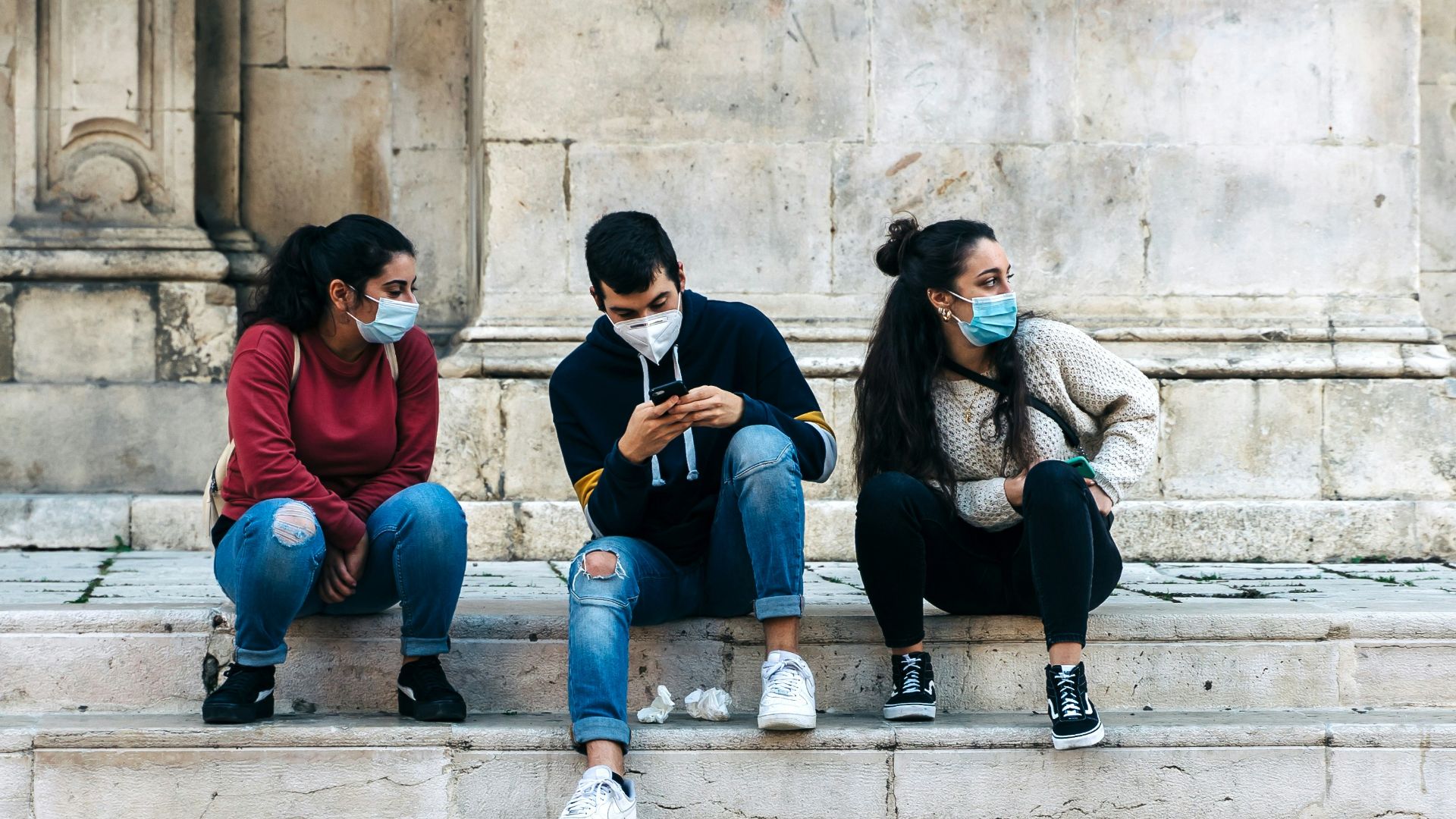 Gabriella Clare Marino on Unsplash
Gabriella Clare Marino on Unsplash
13. Antibiotic Resistance
Antibiotic resistance is a health threat that has the potential to create easily preventable or treatable infectious diseases that are resistant to all known antibiotics, potentially rendering them "superbugs." The efficacy of many medical procedures, including routine surgery, may be negatively impacted in the absence of effective antibiotics to prevent infections. The ongoing threat of increasing resistance, if not controlled, may result in a large number of deaths and an unstable health system.
14. Grey Goo
A nanotechnology accident might happen if self-replicating nanobots were to spiral out of control. These tiny machines could consume all matter in their path if they do not have any means to stop their self-replication, an event known as the "grey goo" scenario. If uncontrolled, this consumption could cause massive damage to the Earth's ecosystems, including the extinction of plant and animal life. In the most extreme case, the continued existence of the human race could be threatened.
 Omar:. Lopez-Rincon on Unsplash
Omar:. Lopez-Rincon on Unsplash
15. Famine
A global famine can occur when some global catastrophe, such as climate change, or some widespread pest or crop disease, disrupts agricultural production. This would lead to widespread hunger, malnutrition, social upheaval, and migration. Government and economic breakdown would occur, as no government could survive without a ready food supply, and humanity itself could face an existential crisis.
16. Freshwater Scarcity
A freshwater crisis might occur as a result of human population growth and reduced availability of clean freshwater due to global climate change. Freshwater may become severely depleted as a result of rivers, lakes, and aquifers running dry. This would leave billions of people without adequate supplies for drinking, agriculture, and sanitation. This could result in conflict over resources, mass famine, and the drastic upheaval of societies globally.
17. Geomagnetic Storms
A major geomagnetic storm could release intense solar radiation, affecting satellites, power grids, and worldwide communication. Widespread electrical blackouts would immobilize transportation, water treatment, and healthcare. The ensuing chaos would severely strain modern society, potentially leading to prolonged economic and social collapse.
18. Smog Cities
Long-term air pollution may smother the skies, leading to epidemics of respiratory diseases and rising death rates. Smog and toxic particulates can harm crops and decrease food availability, leading to economic and social disruptions. Air pollution also exacerbates climate change, creating feedback cycles that worsen heatwaves, storms, and other disasters.
19. Mass Deforestation
On a global scale, large-scale deforestation could destabilize the climate of the world due to the reduced capability of the planet to absorb carbon dioxide. Forest loss also decreases the production of oxygen and eliminates entire ecosystems on which thousands of species depend for survival. In the long run, deforestation can lead to the mass extinction of animal and plant species, the collapse of food chains, and the endangerment of human existence.
20. Superflare
A solar superflare could release an extreme amount of radiation and charged particles in Earth's direction. This could cause power outages, satellite failures, and disruption of communication and navigation systems. The resulting technological failure could lead to mass panic, economic turmoil, and potentially long-term impacts on modern society.



